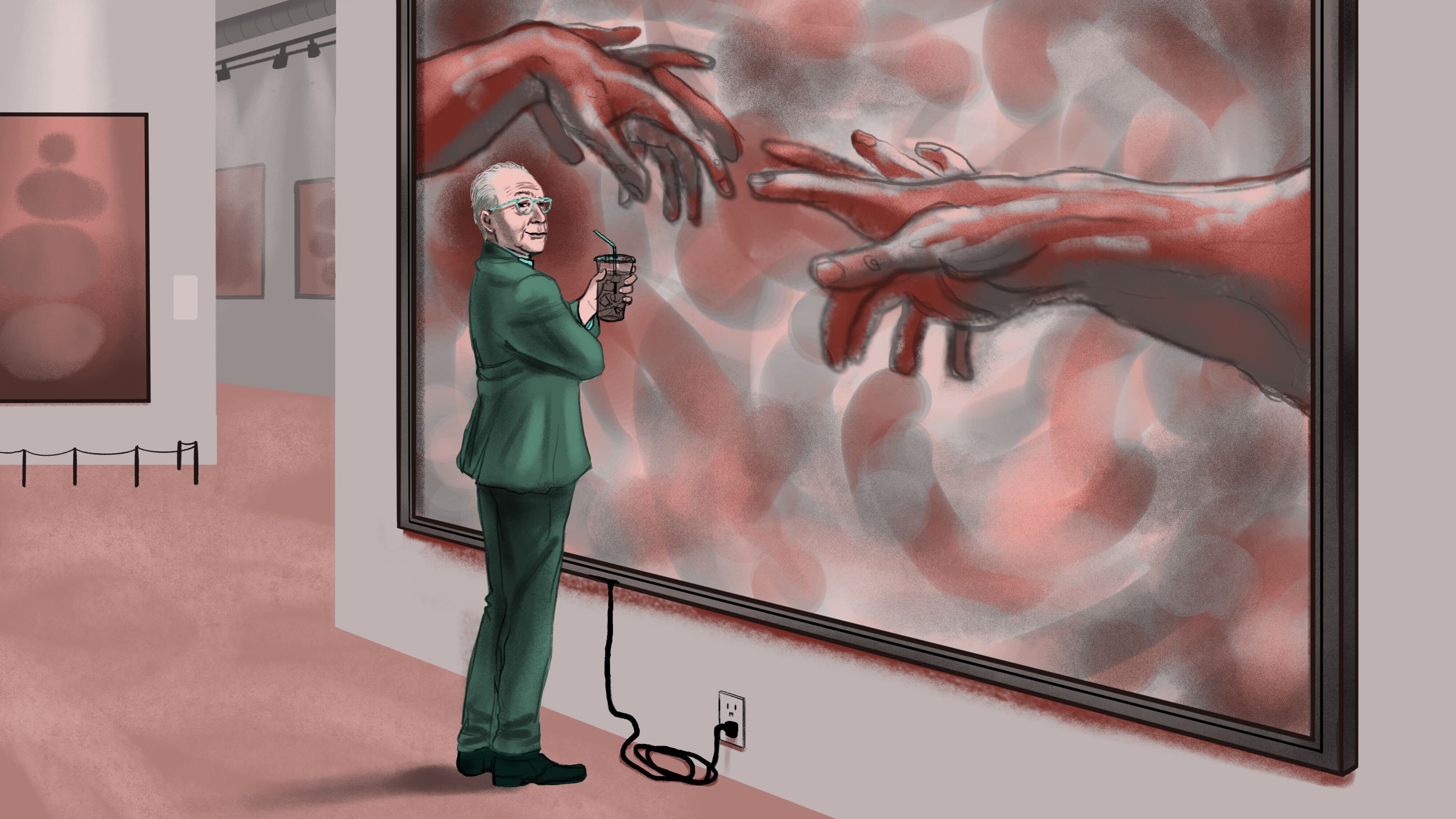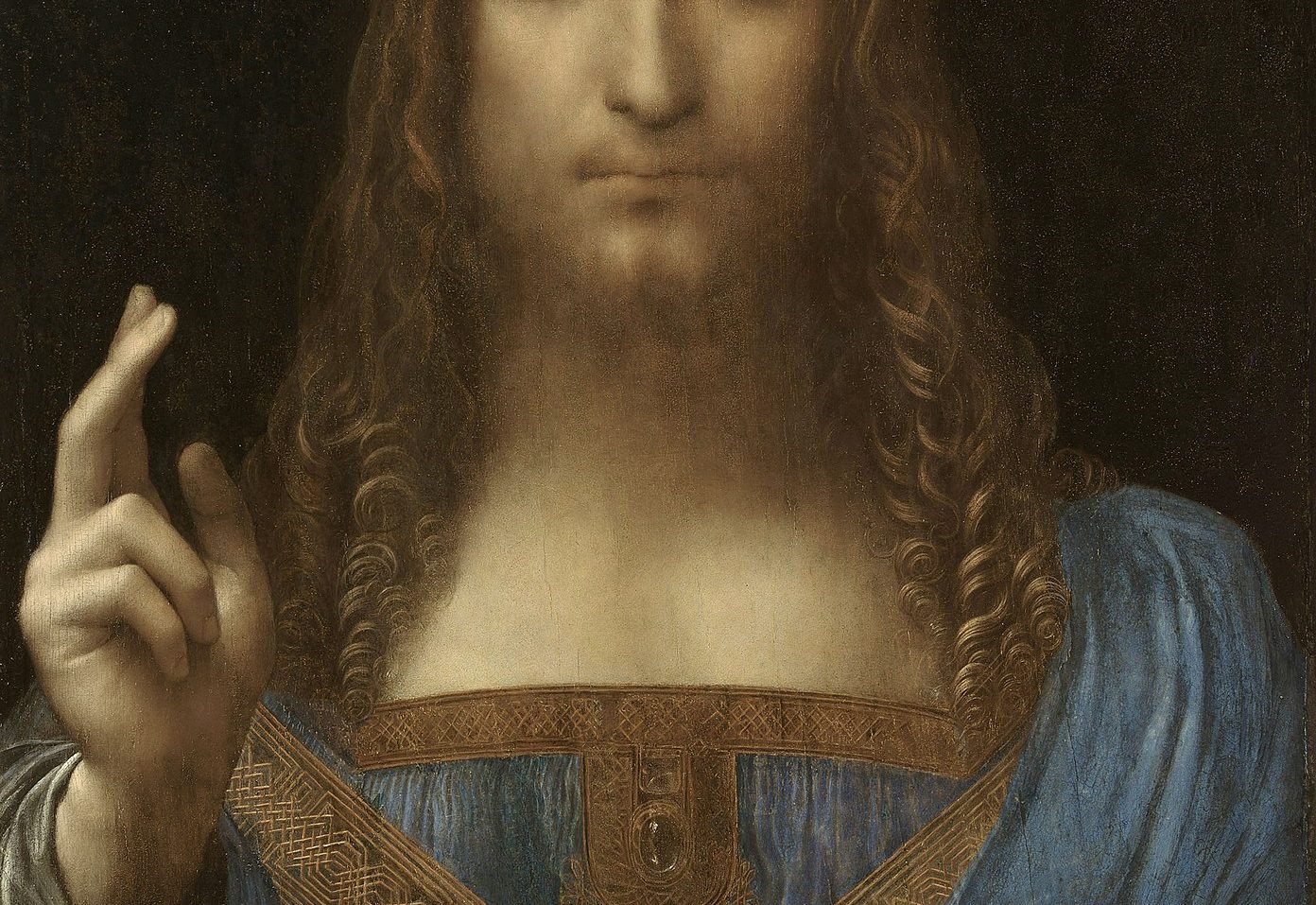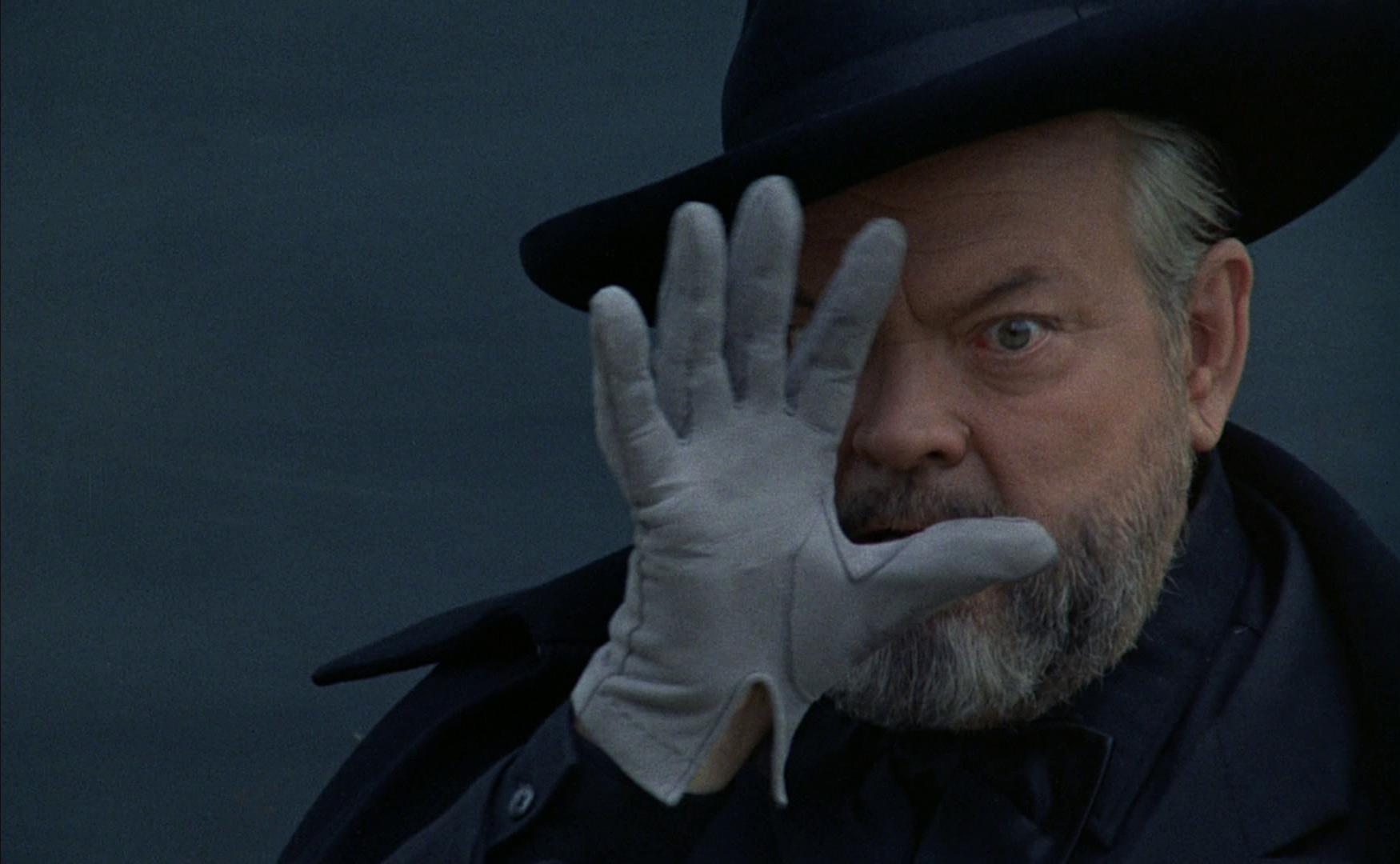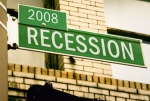Wall Street Meets the Art Market

New developments concerning two of my previous posts demonstrate how financial strategies (the same kinds we lament Wall Street has been using) are being implemented in the art world. The works of Michael Jackson and Annie Leibovitz—two artists known for their own financial extravagance—are currently hostage to the smoke-and-mirrors world of financial speculation. Is nothing sacred?
As I explained earlier, Michael Jackson’s estate managers are busy marketing his legend. As is the case with many artists, much to their spirits’ chagrin, the monetary value of their work goes skyward after their death. Jackson is no exception. A portrait of the King of Pop by Andy Warhol, which sold last May for $278,500, was just auctioned off for over $1million. Hoowee! A million bucks! The buyer must have been a diehard Jackson fan, right? Well…we don’t know, not exactly, but it doesn’t really sound like it. The portrait was purchased by an art speculator who plans to sell it back to the gallery on consignment, i.e. when the gallery sells it to another buyer for more than $1 million, the anonymous speculator will take his cut.
Also recall that Annie Leibovitz is being sued by an artist-“friendly” financial group, Art Capital. The Atlantic has a list of columnists—some sympathetic, others pickle puss—who have commentated on her financial troubles. What the Atlantic failed to report, however, is that Goldman Sachs has come forward as one of the owners of Leibovitz’s disputed $24 million loan. Allegedly lacking the capital to actually make the loan, Art Capital sold part of it ahead of time to Sachs in order to generate the cash then given to Leibovitz. Will this debt prove more secure for Goldman Sachs than its AIG “collateral”?
My thought is that the Vatican should really get in on this action. Think of all the useless Christian artifacts it has lying around not generating any income! On second thought, the Second Coming would decrease the value of those works by making them less rare, so it could turn out to be a bad investment.





